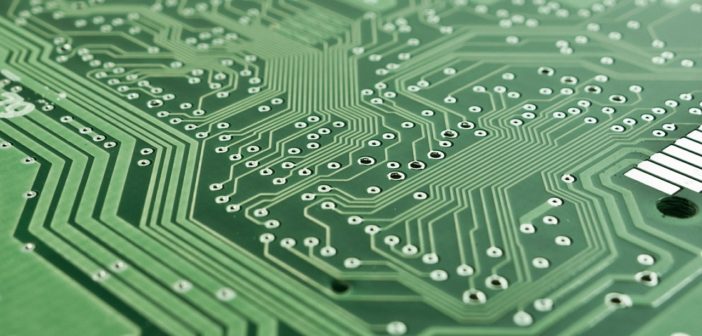Printed Circuit Boards (PCBs) have for a long time been used as the ‘brains’ of any electronic device; they have been the foundation of engineering. It’s one of the most fundamental aspects of powered devices without which electrical engineering wouldn’t exist. It’s the backbone that makes it all possible — PCB design is to electrical engineering just like HTML is to web development.
All powered devices — from toys to robotics and remote controls to cell phones — can’t function without some sort of a PCB. PCBs offer many advantages compared to the previous way of building electronics, which happened to be just a messy connection of large wires placed wherever they could fit. PCBs are designed on computers and as a result, fit many components in an electronic device using the minimal amount of space.
What Exactly Is a Printed Circuit Board?
There’s a lot of information out there on the importance of PCBs or what they can do. No one focuses on explaining what exactly is a PCB and what makes up a PCB. That’s precisely what we are going to be breaking down in this article.
A Printed Circuit Board (PCB) is a physical component of every electronic device. A PCB is made up of metal parts used to conduct electric current (usually made of copper), solder, and a plastic or resin board. You will find a silkscreen layer that acts as a roadmap showing the various connections in the PCB. The solder makes it possible to connect the PCB to other parts of the device.
What the Role of A PCB in A Device?
Before the invention of PCBs, circuits were built through an arduous, time-consuming process that involved point to point wiring. After some time, the insulation would age and begin to crack leading to frequent short circuits and failures at wire junctions. The advent of PCB technology really improved the process of manufacturing electronic devices and subsequently improved their quality.
PCBs allow signals and power to be routed amongst physical devices. Like we said at the beginning of the article, the PCB is the ‘brain’ of a powered device. The electrical connection between the components of a device and the board is enabled by the solder. Given that the solder is a metal, it’s also a sturdy mechanical adhesive.
Besides supplying power, PCBs perform other functions that allow the device to stay functional, that is why they are often equated to the ‘brain’ of an electronic device. The Printed Circuit Board signals to the different components of a device. They support the mechanics of a device, and it would be impossible to get a device to function without a PCB.
Types of PCBs
When people talk about PCBs, they mostly discuss the number of layers in the board. The complexity of an electronic device is determined by the number of layers its PCB has — this number of layers can range between one and ten. PCBs can be single or double-sided and in multiple layers.
Single layer PCBs are the easiest to build as they only have one side of the board soldered and connected to the various components of the electronic device. They are used in devices such as radios, camera, calculators, etc. The conductive material on double layer PCBs is connected to both sides of the board.
There are holes drilled through the board allowing connection between the two sides of the board. Double PCBs are used in devices such as vending machines, HVAC systems, power supplies, industrial controls, and so on. Multi-layer Printed Circuit Boards consist of a series of interconnected double layer PCBs usually used in complex devices such as medical equipment, satellite systems, GPS technology, etc.




